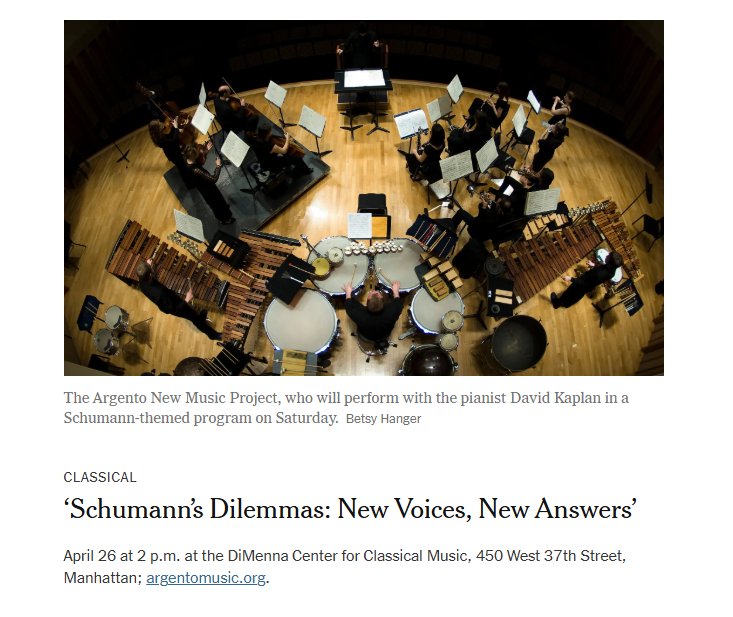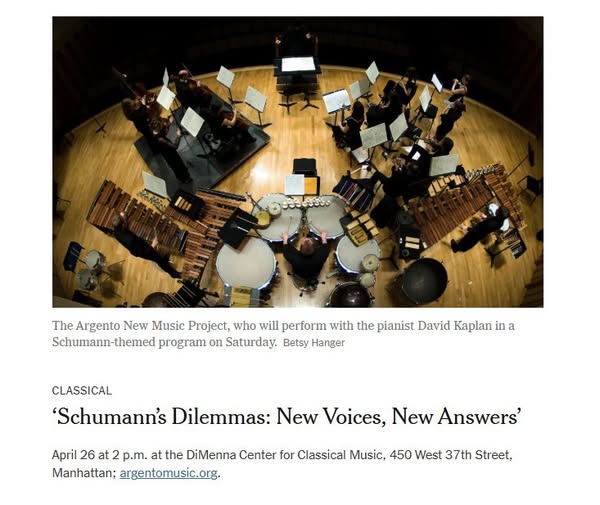
ARGENTO NEW MUSIC PROJECT INC
One of New York City’s premiere virtuoso chamber ensembles dedicated to innovative musical performance and the discovery of daring artistic paths.
Founded
2003
2529
Web
Sign in to see organisation website
Address
New York
HOME | argento HOME ABOUT CONCERTS MEDIA GALLERY PRESS SUPPORT JOIN US CONTACT More Argento champions groundbreaking composers through innovative performance. Entering Schumann39s Utopia Featuring works by Aldo Clementi Augusta Read Thomas Caroline Shaw Marcos Balter Michael Gandolfi Samuel Carl Adams and Tristan Murail Saturday April 26 2025 2pm Benzaquen Hall DiMenna Center 450 W 37th St New York NY 10018 Click here for maps PROGRAM David Kaplan pianoArgento New Music ProjectMichel Galante conductorConcerto for piano and 14 instruments1986Aldo Clementi David Kaplan piano Overture Scherzo Finale 1841Robert Schumann arr. Kimmy Szetoarrangement for chamber ensembleWORLD PREMIERE Intermission Excerpts from New Dances of the League of David 2014 miniatures for piano commisions by David Kaplan 39Mirrors and Sidesteps39 Michael Gandolfi Davidsbndlertnze Op 6 No 1 39Lebhaft39 Robert Schumann II Quietly Samuel Carl Adams Morse Code Fantasy Augusta Read Thomas Davidsbndlertnze Op 6 No 3 39Etwas hahnbchen39 Robert Schumann Marcos Balter XVI 39Mit gutem Humor un poco lol ma con serioso vibes39 Caroline Shaw Davidsbndlertnze Op 6 No 18 Ganz zum berfluss meinte Eusebius noch Folgendes dabei sprang aber viel Seligkeit aus seinen Augen. Robert Schumann David Kaplan piano Une relecture des Kinderszenen de Robert Schumann2020 US PREMIERE Tristan Murail for flutecello and piano When Daniel Barenboim said Schumann has a concept of music but not really a concept of sound he was referring to works like Syrinx which in place of music simply has three signs on the score or works like Humoresque which includes notated musical lines that the performer is instructed not to actually play but instead to hear only in their mind.
From Social media
News about from their social media (Facebook and X).
Data about organisation
Performing Arts Category
Organisations with similar rank to ARGENTO NEW MUSIC PROJECT INC in category Performing Arts
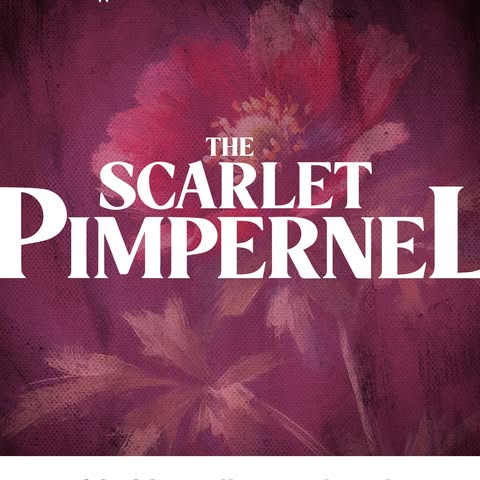
Connecting and reflecting our community through exceptional theatrical experiences that educate and inspire.

TO EDUCATE, TO ENTERTAIN, TO INSPIRE.

616. ARGENTO NEW MUSIC PROJECT INC
One of New York City’s premiere virtuoso chamber ensembles dedicated to innovative musical performance and the discovery of daring artistic paths.

617. East Texas Youth Orchestra Inc
The East Texas Youth Orchestra is open to all string, woodwind, brass, and percussion students, up to the age of 22.

Brave, truthful, necessary works of art.
New York
Organisations from ARGENTO NEW MUSIC PROJECT INC

Harlem Jets 2280 Frederick Douglass Blvd.

1749. Ethiopia Education Initiatives Inc
We founded Ethiopia Education Initiatives (EEI) to provide world class educational opportunities for talented Ethiopian students and to help ignite positive change in education more broadly.

1750. ARGENTO NEW MUSIC PROJECT INC
One of New York City’s premiere virtuoso chamber ensembles dedicated to innovative musical performance and the discovery of daring artistic paths.

Inspired by the courage of our ancestors, The Blue Card serves to provide Holocaust survivors and their families with financial assistance and genuine support.

The International Brain Education Association (IBREA Foundation) is a 501 (c)(3) non-governmental organization associated with the United Nations ECOSOC.
Similar organisations
Similar organisations to ARGENTO NEW MUSIC PROJECT INC based on mission, location, activites.

Northeast Kingdom Classical Series Inc
An independent nonprofit that presents string quartets, piano trios, wind, and baroque ensembles.

"The most imaginatively booked jazz club in the city" - The New York Times TJG’s Annual Fundraising Auction: 11/3-11/18 🪩.
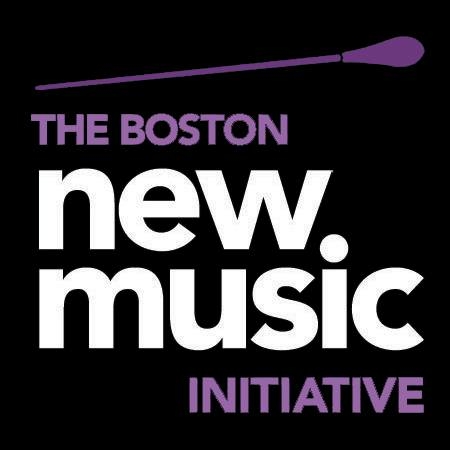
BOSTON NEW MUSIC INITIATIVE INC
501(c)(3) nonprofit creating new music concerts, compositions, collaborations and commissions through an international network of composers and performers.
Similar Organisations Worldwide
Organisations in the world similar to ARGENTO NEW MUSIC PROJECT INC.

Ensemble Offspring Limited (au)
Australia's Musical Trailblazers.

THE MONTEVERDI CHOIR AND ORCHESTRAS LIMITED (uk)
Monteverdi Choir, English Baroque Soloists and Orchestre Révolutionnaire et Romantique: three ensembles that lead the field of period performance.

The RAZUMOVSKY Ensemble aims to provide exceptional music by choosing world class soloists from a p.

SINFONIETTA PRODUCTIONS LIMITED (uk)
We make new music, from cutting-edge collaborations to contemporary classics.
Interesting nearby
Interesting organisations close by to residence of ARGENTO NEW MUSIC PROJECT INC

Hi, we're IM.
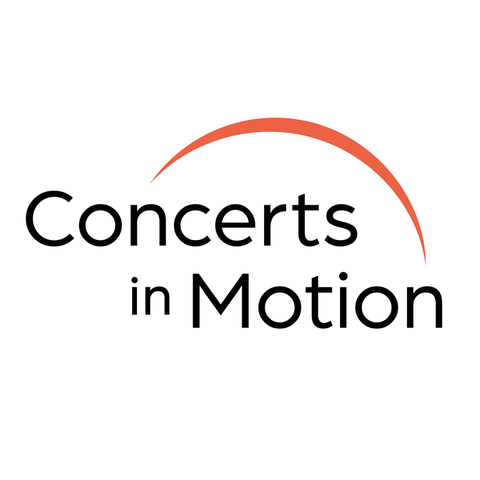
Bringing happiness and relief to homebound and isolated individuals since 2009.
Similar social media (2529)
Organisations with similar social media impact to ARGENTO NEW MUSIC PROJECT INC

113370. Internet Infrastructure Coalition Inc
The i2Coalition is a trade association of companies from the Internet infrastructure industry with key demographics in web hosting, data centers and registrars.

113371. ARGENTO NEW MUSIC PROJECT INC
One of New York City’s premiere virtuoso chamber ensembles dedicated to innovative musical performance and the discovery of daring artistic paths.

JARC provides support services to enable people with developmental disabilities.

113373. THE REGINALD & DIONNE SMITH FOUNDATION
The RDSF mission is to provide for the wellness, awareness, and restoration of Black people with and .
Join us and make a difference for the future!
Sign Up
Please fill in your information. Everything is free, we might contact you with updates (but cancel any time!)
Sign in with GoogleOr
Good News
🌟 Exciting news for aspiring entrepreneurs! Girlboss Media is relaunching its iconic podcast, inspiring a new wave of ambition and supporting women in business! 💪✨ #Girlboss #WomenEmpowerment
Girlboss Media Relaunches Its Iconic Podcast With a Fresh Look, All-Star Host, and a New Era of Ambition
Benzinga
Like Comment